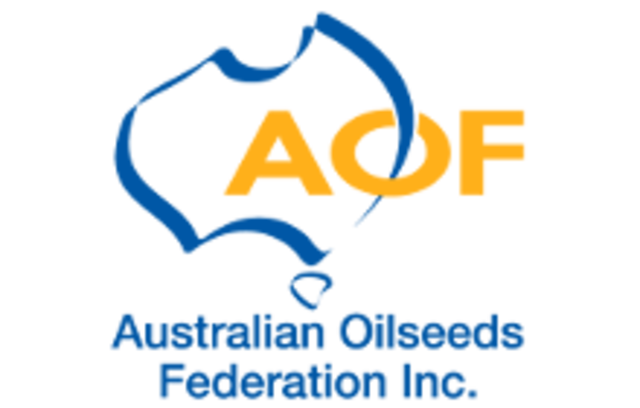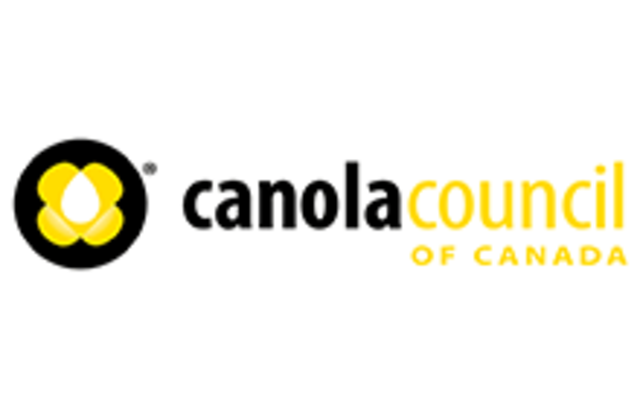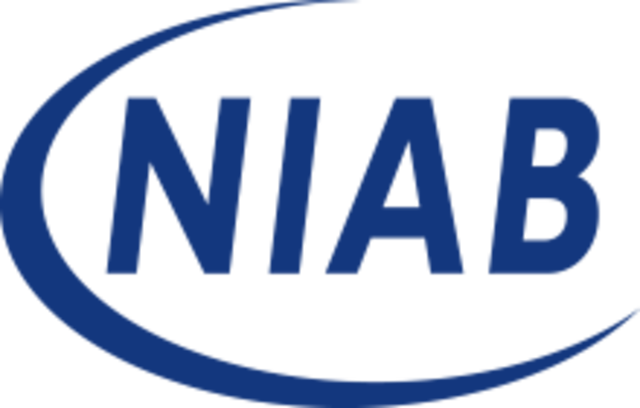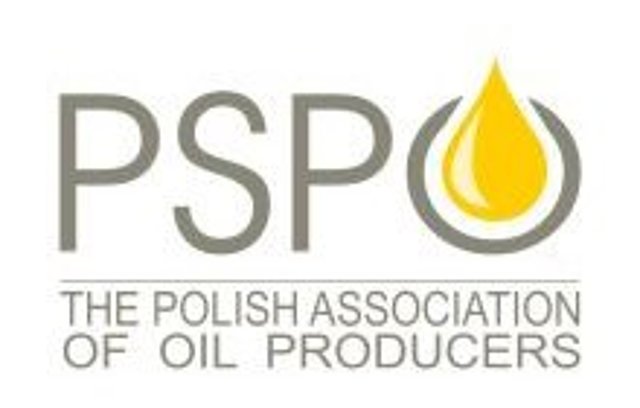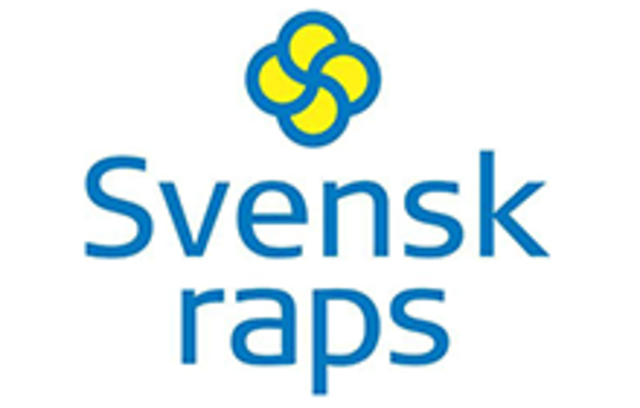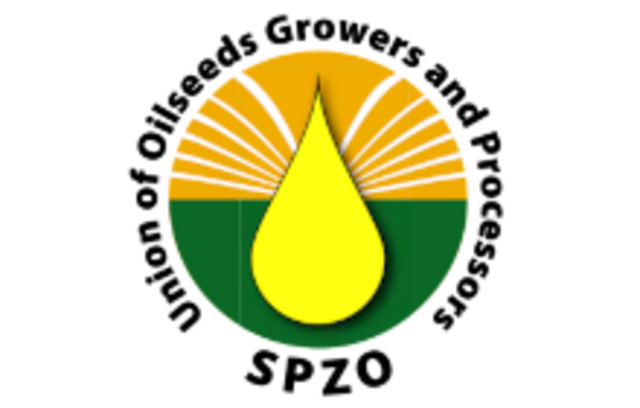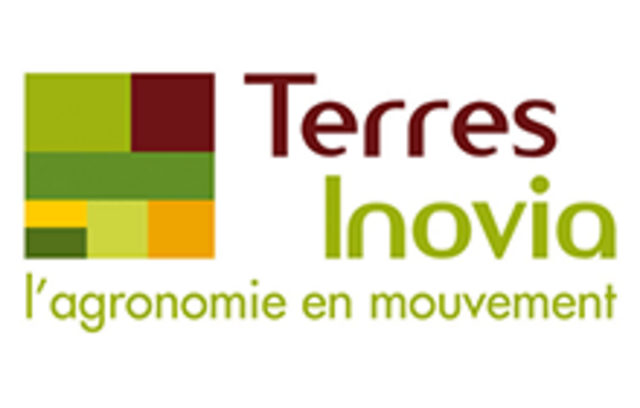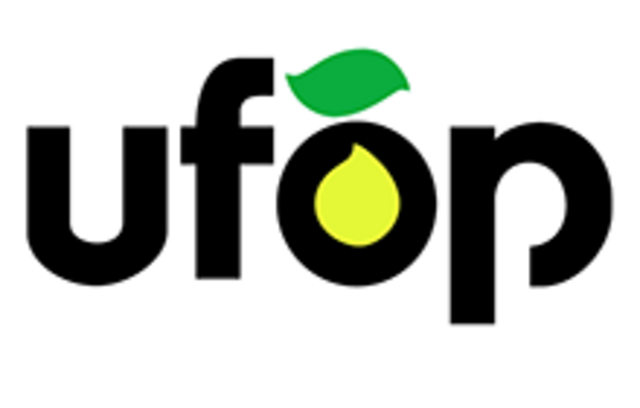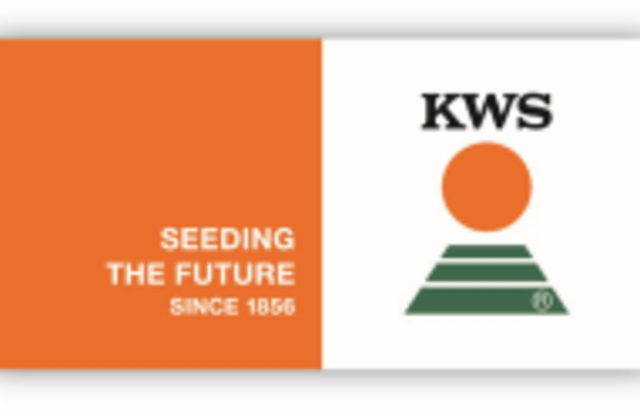New Special Issue on 'Next-Generation Integrated Pest Management in Oilseed rape' (Canola) edited by Guest Editors : Samantha M. Cook, Kevin King, Michael Rostas & Małgorzata Jędryczka. See flyer.
Manuscripts on control of pathogens, insects herbivores & weeds in oilseed rape welcome!
Deadline for submission August 31st 2025
https://scijournals.onlinelibrary.wiley.com/hub/journal/15264998/call-for-papers/next-gen-management - Impact Factor 3.8 (5-Year JIF: 4.3)
Oilseed rape (canola) is an important source of food-grade vegetable oil and biofuel grown globally. However, it suffers from a wide range of weeds, insect herbivores and plant pathogens which threaten its survival and result in reduced yield. Synthetic chemical pesticides are the main method currently used to control these pests; for example, in the UK, an average of 4 herbicides, 3 fungicides, and 2 insecticides are used on each crop. In order to meet global challenges to reduce use of synthetic chemistry in food production, alternative approaches to pest management are therefore needed.
The concept of Integrated Pest Management (IPM) has been around since the 1960’s; Stern et al., (1959) 1 defining it as ‘applied pest control which combines and integrates biological control and (synthetic) chemical control’, conciliating the use of pesticides based on synthetic chemistry with biological control, and introducing consideration for the environment. The concept has evolved to include four main steps: (1) Prevention: cultural/ indirect methods of pest prevention, (2) Decision making – use of forecasting, monitoring, diagnostics; and, when needed, direct action: first using (3) biotechnical controls (biological/ physical controls) and (4) -as a last resort- synthetic chemical pesticides (with preferential selection for those with least toxicity and utilising resistance management strategies (e.g. mixtures, alternations) to prolong the effective life of chemistry). However, as predicted by Ehler in 2006 2, strategies based on synthetic chemicals (Integrated Pesticide Management) remain the most common form of pest control, with very few examples of ‘real IPM’ in the open field. This is mainly due to the absence of bio-based or physical alternative control methods (step 3) and lack of research into cultural impacts on pests and their natural enemies (step 2). However, evolution of resistance of several key pests to commonly used pesticides, increased government regulation that has decreased available products, and a slowing industrial pipeline for new products has, by desperation, stimulated research, development and innovation of preventative and alternative control methods for IPM. Progress in digital and molecular technologies is coming together with invigorated agri-environmental research to deliver ‘Next-generation IPM’ tools which will finally enable fully integrated pest management strategies with natural enemies at the core.
Oilseed rape is an excellent exemplar of the exciting scientific advances being made towards making real IPM a reality 3. This Special Issue of Pest Management Science will bring together the latest research on ‘Next-Generation’ Integrated Pest Management of insect pests, diseases and weeds in Oilseed rape including:
- Development of pest resistant cultivars; understanding traits, resistance genes and use of precision breeding
- Understanding pest-natural enemy interactions
- Cultural practices which suppress pests and support their natural enemies
- Forecasting pest outbreaks (spatial and/or temporal and drivers),
- Diagnostics, threshold detection, decision support
- Understanding mechanisms and drivers of pesticide resistance
- Identification and impact of physical control agents
- Identification and impact of nature-based controls
- New alternative pesticides e.g. based on RNAi and CRISPR technology
- Integration and assessment of IPM outcomes


